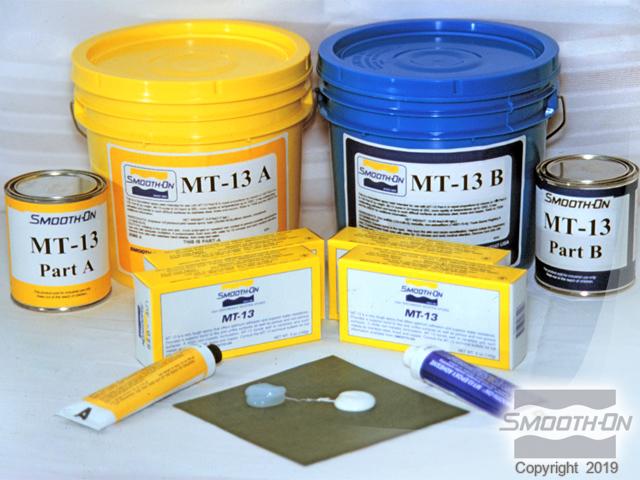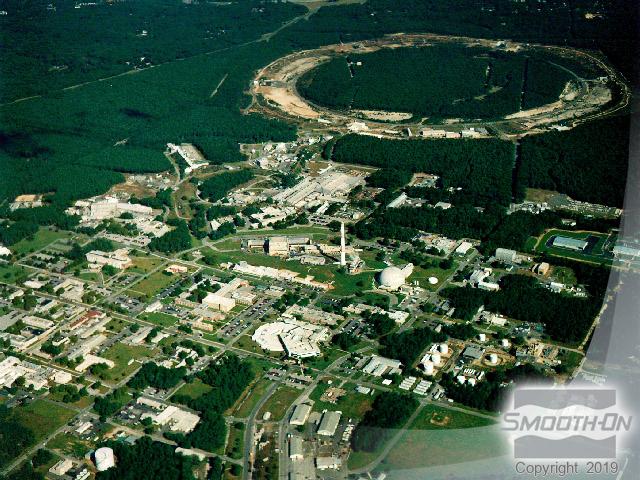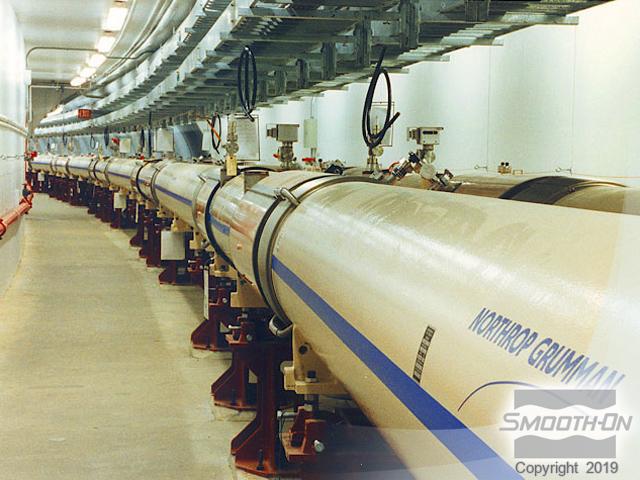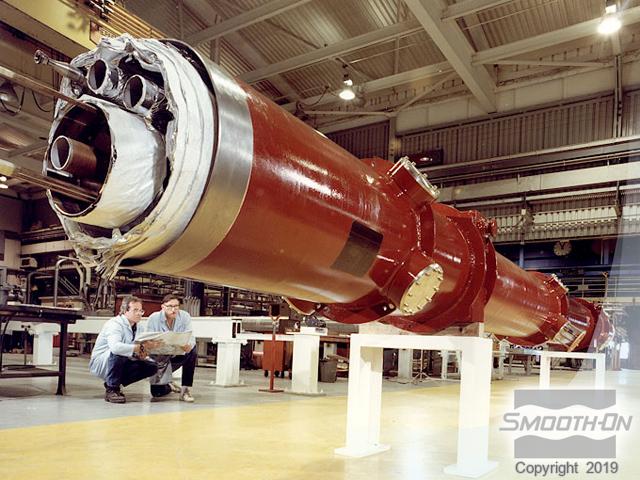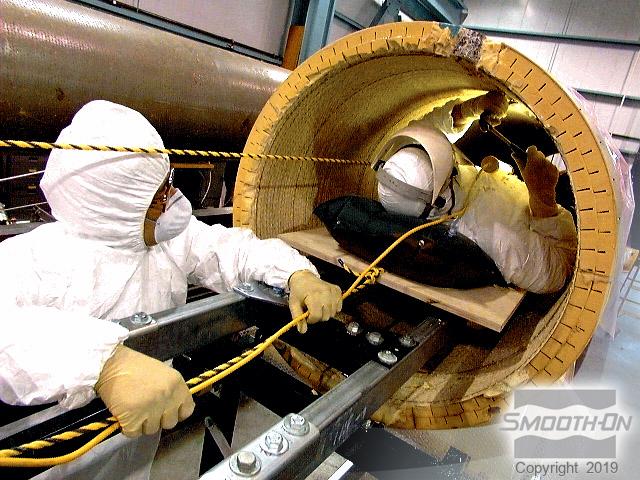The use of an MT-13® epoxy adhesive developed by Smooth-On has become an integral part of an ion accelerator project which allows physicists to study matter in its earliest form. It was the only material found fit for duty in the Relativistic Heavy Ion Collider (RHIC) being developed by the Brookhaven National Laboratory in Upton, NY.
According to Mel Lindner, a Project Engineer on the RHIC project, Smooth-On’s MT-13® not only singularly withstood the most extreme of conditions, but saved the government project over $250,000 in the process.
The RHIC, a half-billion dollar project, became operational in 2000. The project has been designed to help over 800 physicists in their search for a form of matter that has not existed since the "Big Bang" of creation theory.
Lindner states that a problem project engineers had was finding a material which could withstand temperatures as low as four degrees Kelvin—just degrees above absolute zero ( -459.6° F / -237.6° C).
Smooth-On’s MT-13® epoxy was used as both an adhesive and space filler in a magnet assembly placed in a pool of liquid helium, and as Lindner noted, "was the (only) material that qualified for the job." The cryogenic application of MT-13®, he said, began 3-4 years ago. Replacing expensive Kapton film wrap, "MT-13® epoxy became a simple and inexpensive solution to our problem and saved the project over a quarter of a million dollars in materials," Lindner observed.
The RHIC is one of the world’s largest and most powerful particle accelerators. The 2.4-mile underground ring can create thousands of collisions between beams of heavy ions or polarized protons at near the speed of light, allowing physicists to advance their study of earliest matter. The Brookhaven National Laboratory is operated by Brookhaven Science Associates for the U.S. Department of Energy.
If you would like to learn more about the RHIC project, visit the Brookhaven National Laboratory website at www.bnl.gov/rhic/
